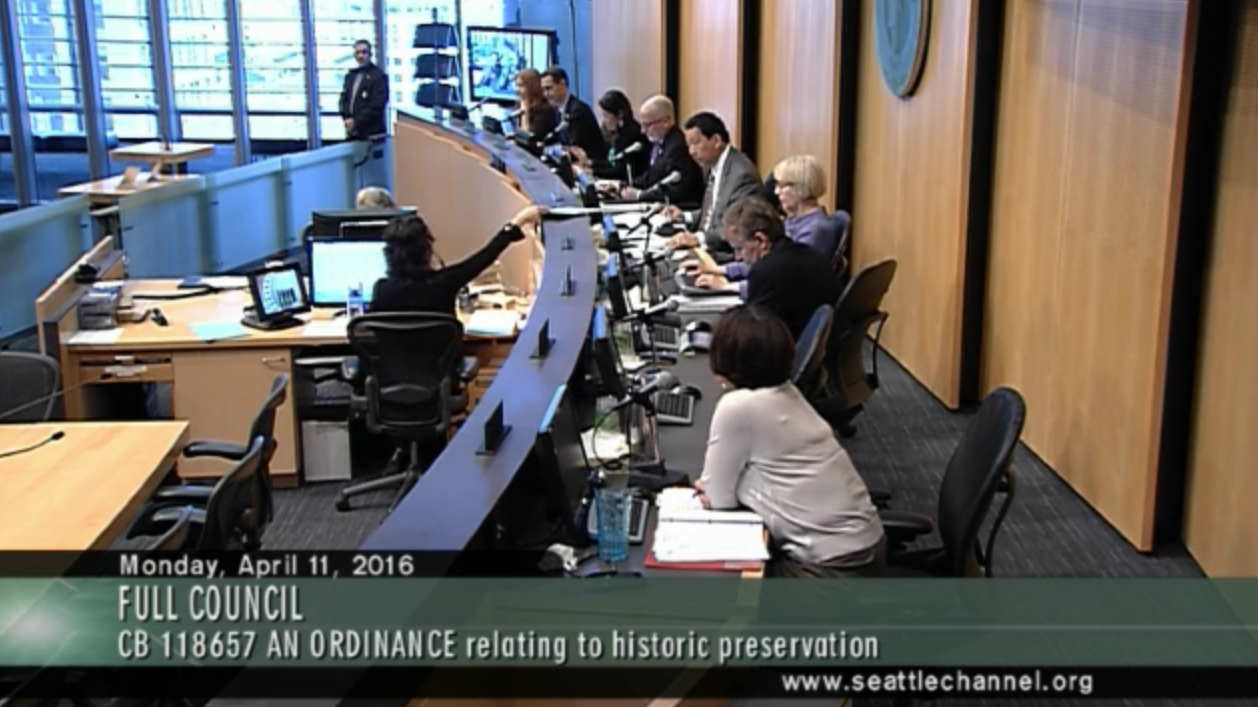The Seattle City Council weighed in on three land use items yesterday, which included votes for a site-specific rezone and the landmark designation of two separate structures. The first two votes dealt with establishing historic preservation controls to protect a City-owned structure on the Seattle waterfront and a privately-owned building in South Lake Union. Both measures passed on unanimous1 consent by the Council. A third vote was taken on a proposed rezone to property in Eastlake. The Council, again, passed the measure on unanimous1 consent, paving the way for a proposed mixed-use project to move forward for final approval and construction.
Eastlake Rezone
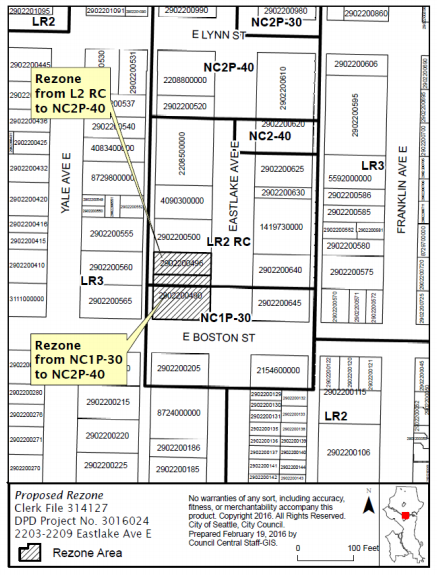
Councilmembers took up the issue of rezoning a 12,300-square foot site in Eastlake (located at 2203 and 2209 Eastlake Avenue East), a quasi-judicial land use matter that requires Council approval. The applicant requested the rezone in order to develop the site with a five-story mixed-use building.
Prior to the rezone, the property had split between two zoning district designations: LR2 and NC1P-30. The rezone proposal involved rezoning the entire site to NC2P-40, which typically allows buildings up to 40 feet in height with a mix of residential and commercial uses. The P (Pedestrian) designation specifically requires retail and active commercial uses along the ground floor where applicable.
Under the proposed development plans, the project would deliver 45 residential units, 3,006 square feet of commercial, and 39 below-ground parking stalls. The residential component is planned to provide for a mix of tenancy types, including: 7 studios, 2 two-story lofts, 29 one-bedrooms, and 7 two-bedrooms. Three commercial units will be located on the ground floor facing Eastlake Ave E.
The Council-approved rezone comes with a property use and development agreement (PUDA), which essentially ties the rezone to the development proposal and requires that the applicant comply with all conditions of the land use application. The rezone, though, is potentially time-limited due to provisions that could result in a lapse of the rezone if the Master Use Permit is not issued within seven years from the date of the rezone ordinance. But it’s very likely that the applicant will want to quickly complete remaining building and construction permit approvals so as to begin development.
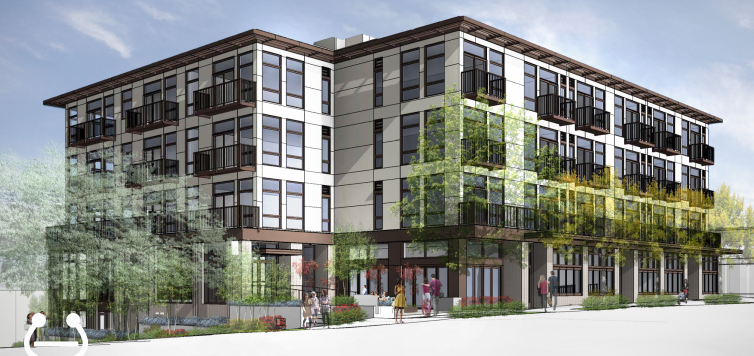
Landmark Designations
The Council also approved two ordinances to preserve landmark structures, one on the Seattle waterfront and the other in South Lake Union. These included Fire Station No. 5, situated between the ferry terminal and Ivar’s, and the Pioneer Sand and Gravel Company Building on the corner of 9th Ave N and Harrison St.
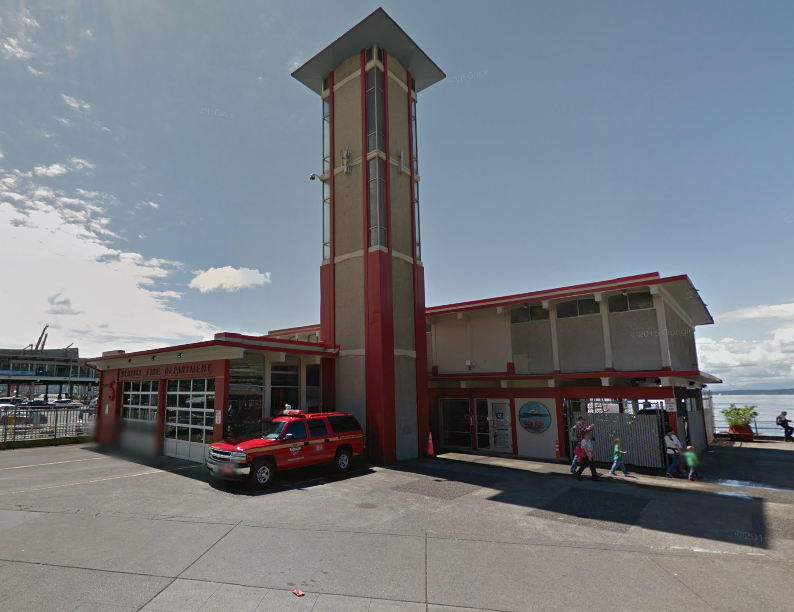
Fire Station No. 5 is owned by the Seattle Fire Department (SFD) and still operates as an active firehouse. SFD carries out both land-based and water-based emergency services from the facility with fireboats stationed at the dock. The building was originally constructed in 1963 and later renovated in 1989/1990 and 1995. The structure itself is distinctive for its very utilitarian design and the tall firehouse tower while the location is prominent due to the fact that it was constructed on Seattle’s very active waterfront and is therefore associated with the ongoing maritime activities.
In 2014, the structure was identified as landmark for three primary reasons:
C. It is associated in a significant way with a significant aspect of the cultural, political, or economic heritage of the community, City, state or nation.
D. It embodies the distinctive visible characteristics of an architectural style, or period, or a method of construction.
F. Because of its prominence of spatial location, contrasts of siting, age, or scale, it is an easily identifiable visual feature of its neighborhood or the City and contributes to the distinctive quality or identity of such neighborhood or the City.
Under the approved landmark preservation ordinance, the entire exterior of the firehouse structure and the associated pier deck are deemed as landmarks, meaning that they must be preserved in character and material.
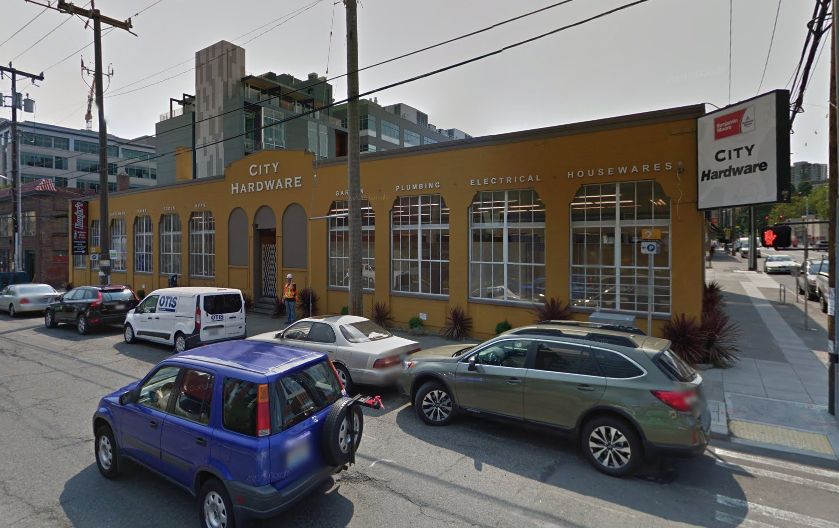
The Pioneer Sand and Gravel Company Building was most recently home to City Hardware and is proposed to be substantially redeveloped. The building was originally constructed in 1927 for the Pioneer Sand and Gravel Company and was repeatedly altered throughout the 20th century. The building itself is a two-story, 15,873-square foot reinforced concrete building that is typical of commercial warehousing structures for the era it was built. The building has some notable features like the flat, muted cornices running along the length of the structure, a stylized parapet over the main entry, and large windows with steel sash.
The building came before the Landmarks Preservation Board in 2014 as part of the land use application process to determine if the structure would qualify for landmark status. The Board voted affirmatively to designate the structure as a landmark and cited two primary reasons for their decision:
D. It embodies the distinctive visible characteristics of an architectural style, or period, or a method of construction.
F. Because of its prominence of spatial location, contrasts of siting, age, or scale, it is an easily identifiable visual feature of its neighborhood or the city and contributes to the distinctive quality or identity of such neighborhood or the City.
Under the approved landmark preservation ordinance, the entire exterior of the structure of the original Pioneer Sand Gravel Company Building must remain in substantially the same condition. The ordinance does allow the property owner to make certain alteration and improvements to the structure. And importantly, the landmark preservation controls allow for the redevelopment of the property, which includes a 25-story residential highrise.
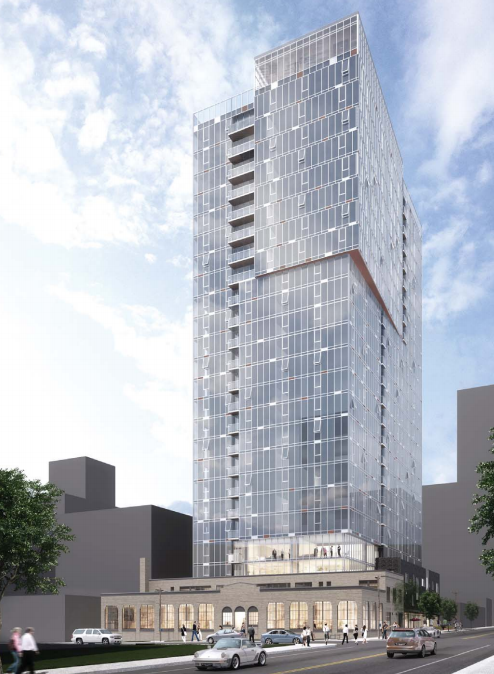
As briefly mentioned, the land use application to redevelop the site was the primary impetus for even beginning the landmark designation process. The applicant plans to construct a 240-foot tall structure with commercial and residential uses, making full use of the SM 160/85-240-zoned property.
The landmark building will effectively remain intact, despite the redevelopment of the site. The one-story portion of the historic structure is planned to be entirely retained as-is. A substantial section of the highrise tower built will be integrated into the two-story portion of the historic structure; this will be blended by providing transparency to the two floors of the highrise tower immediately above the historic structure and placing the least bulky section of the tower above. Beyond the historic structure, the tower will flair out and sit atop a podium structure that will look markedly different materials and design.
At the base of the structure, the public frontages of the site will be programmed with commercial uses. At least three retail spaces will be provides, one on Harrison St and two on 9th Ave N. The upper floors will be almost exclusively residential with 292 units of varying sizes. The tower will also have three underground floors with parking that will total 185 parking stalls.
Footnotes
- Councilmember Kshama Sawant was absent from the Council meeting. All three votes were 8-0 in favor of the proposals. ^
Stephen is a professional urban planner in Puget Sound with a passion for sustainable, livable, and diverse cities. He is especially interested in how policies, regulations, and programs can promote positive outcomes for communities. With stints in great cities like Bellingham and Cork, Stephen currently lives in Seattle. He primarily covers land use and transportation issues and has been with The Urbanist since 2014.

